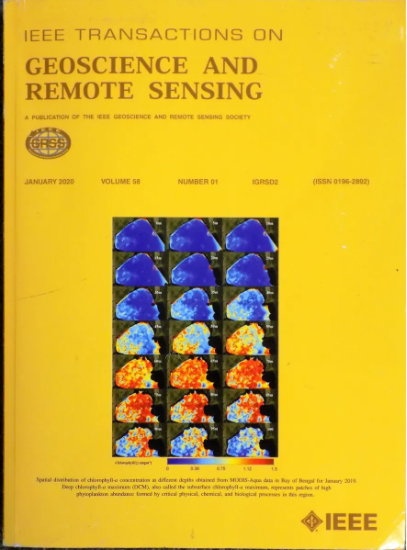基于故障正交标注和勉强监督学习的三维地震故障检测
IF 7.5
1区 地球科学
Q1 ENGINEERING, ELECTRICAL & ELECTRONIC
IEEE Transactions on Geoscience and Remote Sensing
Pub Date : 2025-01-20
DOI:10.1109/TGRS.2025.3531493
引用次数: 0
摘要
本文章由计算机程序翻译,如有差异,请以英文原文为准。
3-D Seismic Fault Detection Using Fault Orthogonal Annotation and Barely Supervised Learning
Among deep learning-based seismic fault detection approaches, most of the training datasets are generated by using synthetic methods to enhance the diversity of training data. However, due to the feature differences between synthetic seismic data and real data, and the difficulty of synthesizing all types of actual geological structures, networks trained using synthetic data exhibit poor generalization performance in practical data applications. In this study, we propose a barely-supervised-learning-based seismic fault detection scheme. The training data are extracted from the real seismic data and the fault labels are manually annotated by the interpreter. In this scheme, only 10% of the training data need to be labeled. Furthermore, to avoid dense annotation of faults on 3-D seismic data, we adopt an orthogonal annotation strategy, where only one inline section and one horizontal slice are annotated for one $128 {\times}128 \times 128$ training sample. As a result, the pixels that have been actually annotated constitute merely 0.1563% of the total voxels in the training sample. Then, the orthogonal annotation is extended to the dense annotation of training data by using a fault registration method. We confirmed the feasibility and effectiveness of this approach using synthetic data. Accurate fault detection can be achieved by annotating a few orthogonal sections and slices from actual samples. Further application on two real seismic data demonstrated that the fault detection by this method is more continuous and accurate compared to the results predicted by other methods.
求助全文
通过发布文献求助,成功后即可免费获取论文全文。
去求助
来源期刊

IEEE Transactions on Geoscience and Remote Sensing
工程技术-地球化学与地球物理
CiteScore
11.50
自引率
28.00%
发文量
1912
审稿时长
4.0 months
期刊介绍:
IEEE Transactions on Geoscience and Remote Sensing (TGRS) is a monthly publication that focuses on the theory, concepts, and techniques of science and engineering as applied to sensing the land, oceans, atmosphere, and space; and the processing, interpretation, and dissemination of this information.
 求助内容:
求助内容: 应助结果提醒方式:
应助结果提醒方式:


